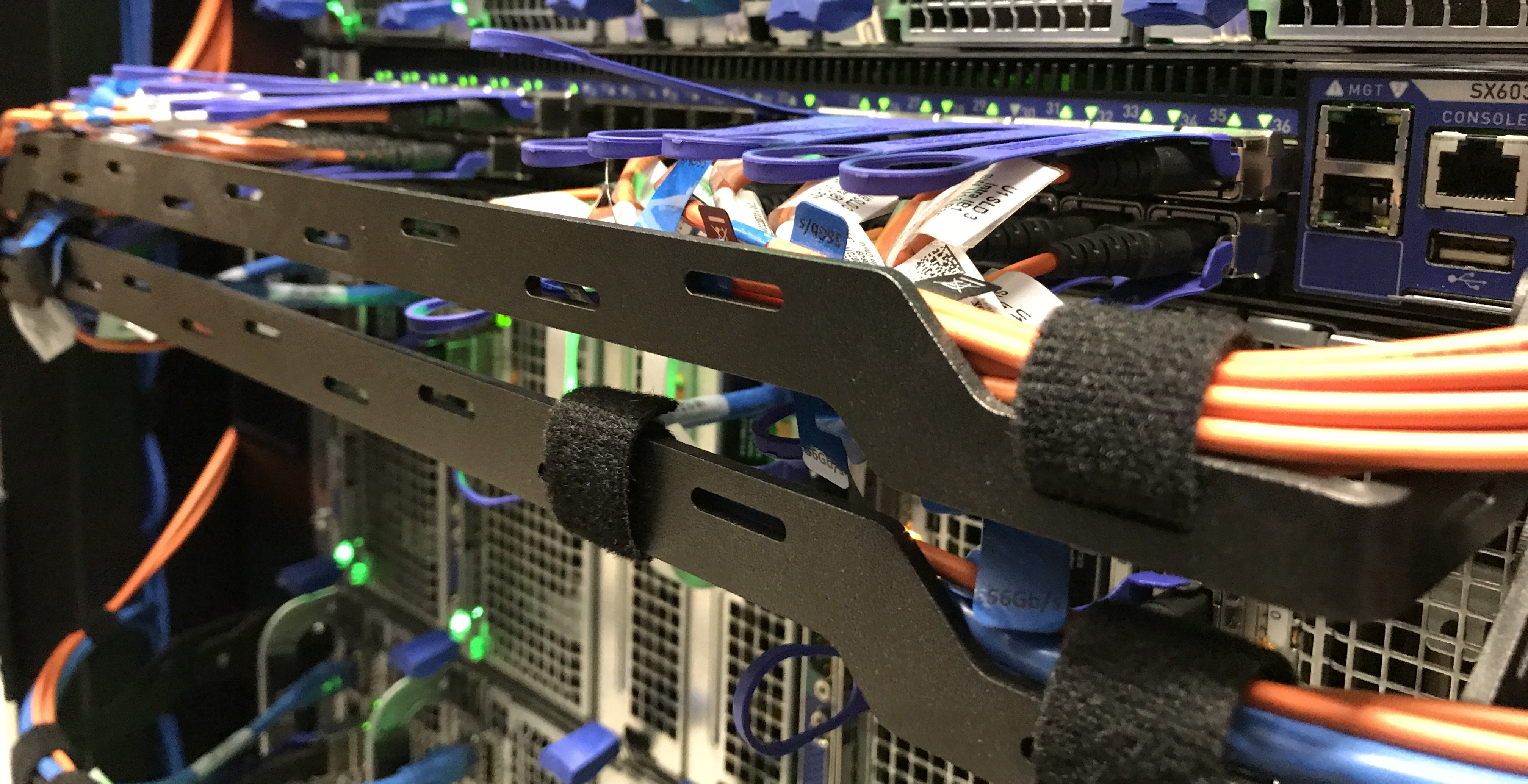Complete cluster documentation, including detailed hardware specifications, can be found on the cluster documentation page. If you have already requested access to Turing and would like to learn more about how to use Turing, please see our Turing Basic User Guide.
Turing Research Cluster
Housed in the Fuller Laboratories server room, Turing is the primary research cluster for computational science across WPI, serving over 75 different faculty members across 14 departments.
Turing was initially acquired through an NSF MRI grant (DMS-1337943), and consisted of the head node and 24 compute nodes connected with a high speed Infiniband interconnect. The main system remains in place, but has undergone a complete management and software overhaul, and numerous expansions since July 2016.
Examples of departments using Turing for research:
| Bioinformatics & Computational Biology Biology Biomedical Engineering Civil Engineering Chemical Engineering Chemistry & Biochemistry Computer Science | Data Science Electrical & Computer Engineering Fire Protection Engineering Mathematics Mechanical Engineering Physics Robotics Engineering |
Examples of software accessible on Turing include:
- Languages: Python, MATLAB, R, Java
- Compilers: GCC, LLVM, Intel, CUDA
- Proprietary Simulation: Ansys/Fluent, COMSOL, Abaqus, VASP
- Open Source Apps: OpenFOAM, NWChem, FDS, LAMMPS
- AI Libraries: Keras, Tensorflow
- Libraries: BLAS, Petsc, deal.II
Turing is managed using Bright Cluster Manager, and is running Ubuntu 20.04.
Hardware Summary
Turing consists of a 4-node hyperconverged head that controls 79 compute nodes.
Total CPU/RAM/GPU counts across all 79 compute nodes are as follows:
| CPU | RAM | GPU |
| 5224 | 49 TB | 84 |
The distribution of GPUs available across the compute nodes are:
| GPU Type | A100 | A30 | H100 | V100 |
| Count | 28 | 36 | 10 | 10 |
Cluster Network Connections
The cluster uses an internal 100 Gb Ethernet network for low-latency message passing and storage access.
The cluster is connected to the WPI network through eight aggregated 10 Gb Ethernet connections.
Storage
The Turing cluster has a 560 TB high-performance VAST scale-out storage system, providing home directories and scratch space. Additionally, VAST provides hourly snapshots of the home directories, enabling self-service file recovery.
Last Updated on June 17, 2024

